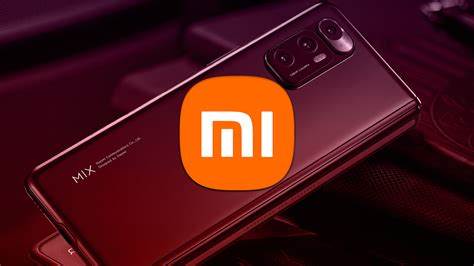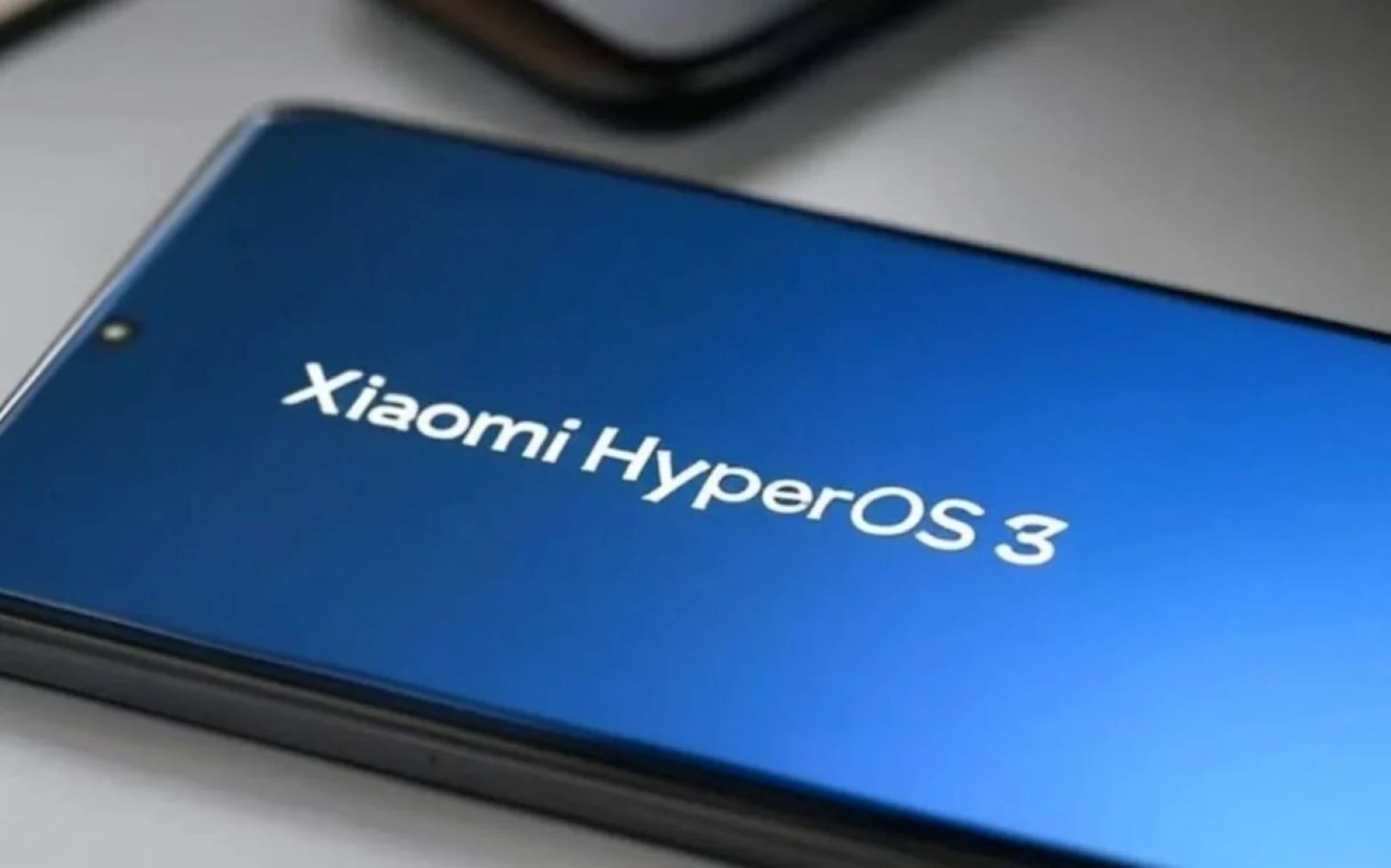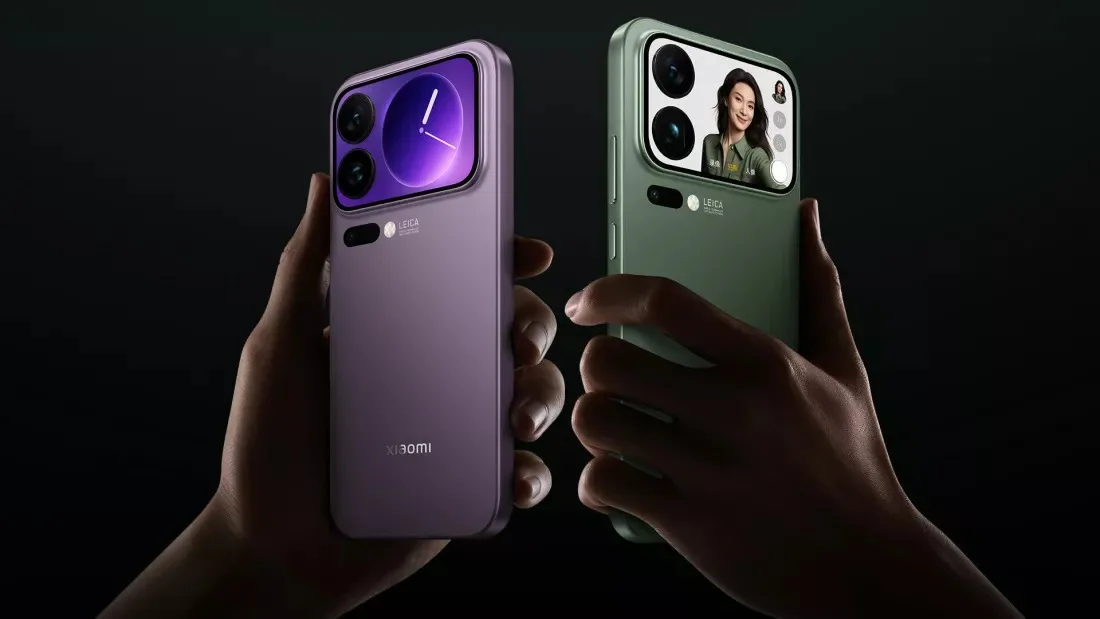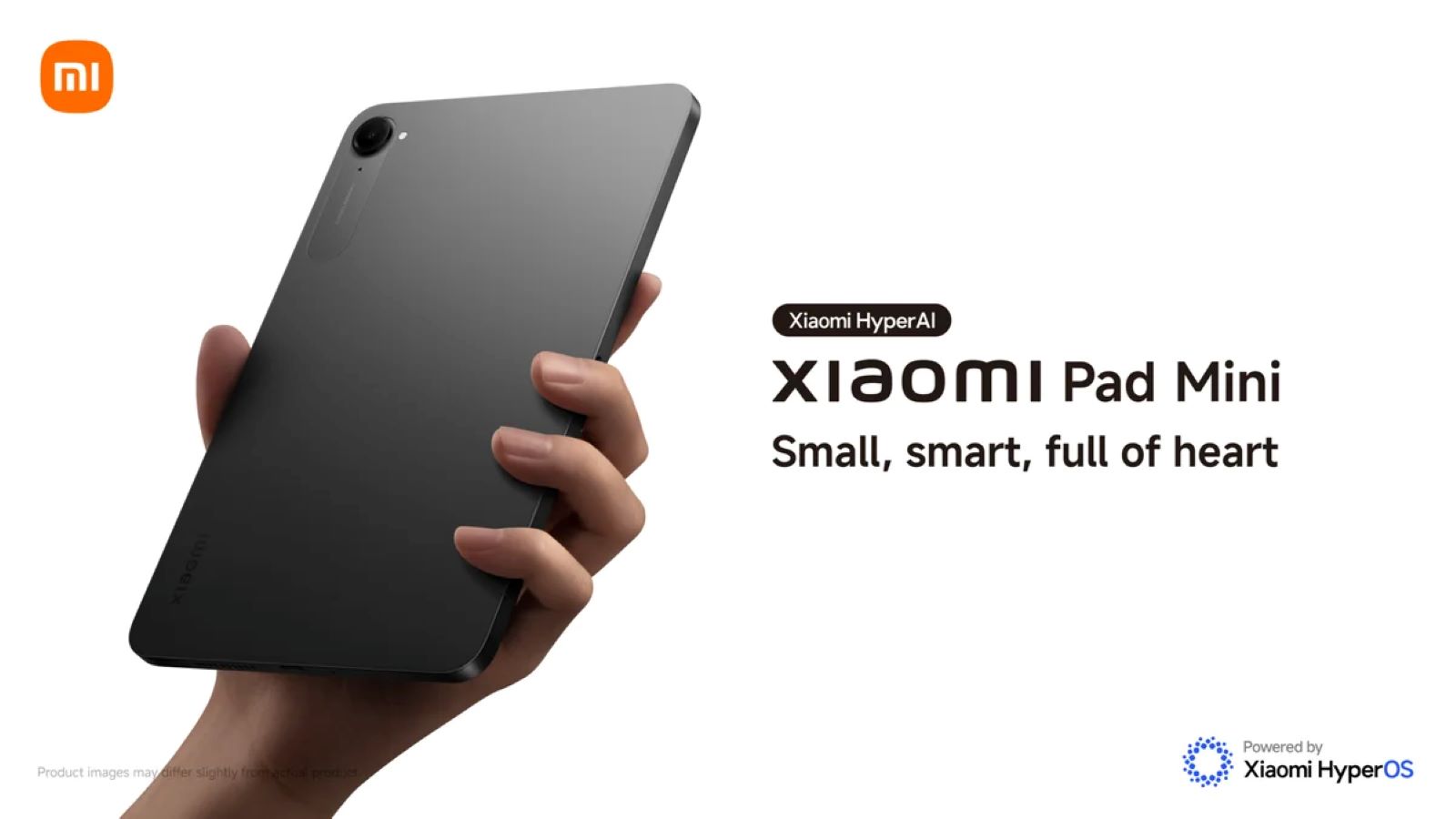Xiaomi phones running MIUI (or the newer HyperOS) have a cool feature called Second Space. It’s like having two completely separate phones inside one device. You can have one space for your main personal use and another completely isolated space for work, privacy, or even a restricted area for kids.
I find Second Space incredibly useful for keeping my work apps and notifications away from my personal life, especially on one device. It helps create a clear boundary. It’s like having a secret mode on your phone that needs a different key (password or fingerprint) to unlock.
What is Second Space?
Second Space creates a distinct user profile on your Xiaomi phone. This second profile has its own:
- Home screen and layout
- Apps (you can install different apps or have separate instances of the same app)
- Photos, videos, and files
- Accounts (like Google, social media – you log in separately)
- Settings
- Wallpaper, themes, etc.
It’s essentially a fresh start, isolated from your First Space (your main profile). Data and apps in one space are not directly visible or accessible in the other unless you choose to transfer them.
Why Use Second Space?
People use Second Space for several reasons:
- Privacy: Keep sensitive personal data, photos, or apps hidden from anyone who might need to use your main phone space.
- Work/Personal Separation: Use one space purely for work-related apps, emails, and files, and the other for personal use. This helps maintain focus and disconnect outside work hours.
- Kids’ Space: Set up a limited space with only child-friendly apps and content before handing your phone to a child.
- App Testing: Install and test apps in an isolated environment without cluttering your main space.
How to Enable and Set Up Second Space
Setting up Second Space is quick and easy:
- Open Settings: Go to the ‘Settings’ app on your Xiaomi phone in your main (First) Space.
- Find Second Space: Scroll down and look for ‘Special features’ or sometimes it’s directly under ‘Settings’. Tap on ‘Second space’.
- Turn on Second Space: Tap the button or option that say, ‘Turn on Second space‘ or ‘Create Second space’.
- Creation Process: Your phone will take a moment to create the Second Space environment. You’ll see a progress indicator.
- Choose Access Method: Once created, you’ll be guided to set up how you’ll switch between spaces. You usually have two main options:
- Using a Password: Set a separate lock screen password specifically for your Second Space. Your First Space will have its own password or pattern.
- Using a Fingerprint: Enroll a different fingerprint than the one you use for your First Space. When you unlock your phone with that specific finger, it will automatically take you to the Second Space.
- Set Password/Fingerprint: Follow the prompts to set up your chosen access method. Make sure it’s different from your First Space unlock method.
- Setup Complete: Once the password/fingerprint is set, you’ll land inside your brand new Second Space. It will look like a fresh phone setup with minimal pre-installed apps.
How to Switch Between First Space and Second Space
Switching is seamless once set up:
- From the Lock Screen: Simply unlock your phone using the password or fingerprint associated with the space you want to enter. If you use the First Space method, you go to First Space; if you use the Second Space method, you go to Second Space.
- Using the Shortcut Icon:
- In your First Space, you’ll find a shortcut icon labeled ‘Switch to Second space’. Tap this to go directly to your Second Space without locking the phone.
- In your Second Space, there will be a similar icon (sometimes labeled ‘Switch’ or an arrow) to go back to your First Space.
- From Settings: You can also go to Settings > Special features > Second space and tap the ‘Switch’ button there.
My Experience: Using the fingerprint method for switching is incredibly convenient. I assign one finger to my work space and another to my personal space – it’s instant!
How to Transfer Data Between First and Second Space
Xiaomi includes a built-in feature to move essential data between your two spaces:
- Go to Settings in the Space where the Data Is: Open ‘Settings‘ in the space that contains the photos, files, or apps you want to move.
- Find Second Space Settings: Navigate to ‘Settings’ > ‘Special features’ > ‘Second space’.
- Tap ‘Move data’: Inside the Second Space settings, you’ll find an option called ‘Move data’. Tap on it.
- Select Data Type and Destination:
- Choose whether you want to move data ‘From First space to Second space’ or ‘From Second space to First space’.
- Select the type of data: Photos, Videos, Audio, Files, or Apps.
- Select Specific Items: Browse through the items in the selected category (e.g., your photo gallery) and select the specific photos, videos, or files you want to move.
- Select Apps (if moving apps): If moving apps, you can choose to:
- Move the app itself (it will be removed from the source space and installed in the destination space).
- Move the app and its data (attempts to move associated data, but success varies by app).
- Clone the app (keeps the app in both spaces, but data is separate).
- Confirm Transfer: Tap the button to start the transfer. The system will move the selected items to the destination space.
- Check Destination Space: Switch to the destination space and check the Gallery, File Manager, or App Drawer to confirm the data has arrived.
My Experience: The ‘Move data’ feature is straightforward for photos and files. Moving apps with data is hit-or-miss and often requires setting up the app again in the new space anyway.
Managing Second Space
- Change Password/Fingerprint: You can modify the unlock methods for Second Space within the Second Space settings.
- Delete Second Space: If you no longer need it, you can delete Second Space from the settings in your First Space. Be careful: deleting Second Space will erase everything within it permanently. Make sure to move any needed data out before deleting.
- Notifications: You can configure whether notifications from apps in one space appear in the other.
Considerations and Tips
- Storage Space: Running two separate environments uses more storage space than a single one, especially if you install many apps or store a lot of files in both spaces.
- Performance: For most tasks, the performance difference is minimal on modern Xiaomi phones. However, very demanding tasks running simultaneously in both spaces (which isn’t typical usage) could potentially impact performance.
- App Updates: Apps installed in both spaces often need to be updated in both spaces separately.
Second Space is a powerful feature for managing privacy and organization on your Xiaomi phone. Setting it up gives you a clear separation of digital life within a single device. It’s easy to create, switch between, and manage once you know how.











Add Comment